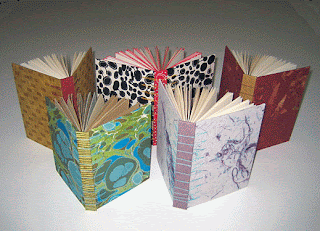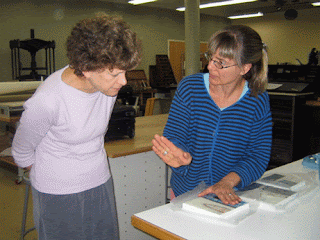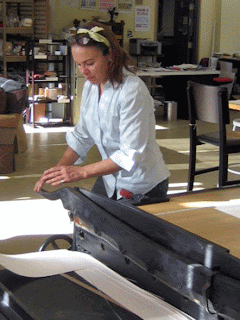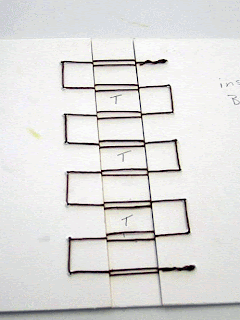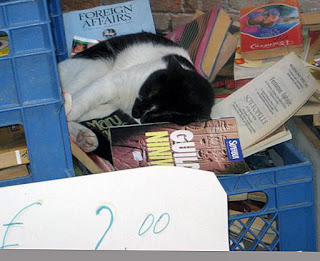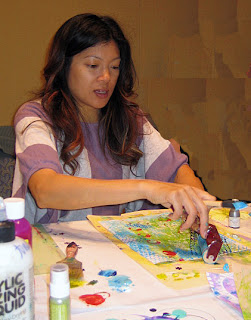BookDaddy's Jerome Weeks (former book and theater critic, etc., etc.), agrees with Schickel that opinion does not criticism make, and thinks that "much of what passes for literary criticism on the web is simply opinion, often not very enlightening opinion, unsubstantiated and poorly argued." He's more interested, 'though, on how critics derive their authority and credibility (and he believes that good criticism needn't exclude bloggers).
"...the critic earns his authority by using his knowledge, his rhetorical skills, his humor, his personal insights, maturity, modesty, bravura cleverness -- whatever it takes, in this particular instance, to convince us not only that he's right but that he's worth listening to. These are the only things that matter with a critic. Just as with a teacher, it's all about the classroom (and how he handles the homework), with a critic, it's all about what's on the page. If he can't do that, all the rest is meaningless."What does one need to be a critic? A critic worth listening to? He needs to have experienced a lot of the art form -- read a lot of books, seen a lot of plays. He needs to have thought about them a lot. And he needs to be able to express those thoughts vividly, lucidly, persuasively. And if he works for a newspaper, quickly, briefly and repeatedly.
"Of course, a critic may gain a cumulative authority. We're won over by one review, he turned out to be right about that sitcom. So we pick up his next review to find out what he says now. This is why it's important for newspapers and magazines to have regular critics [my emphasis]: They gain authority over time, and we get to know their sensibilities, just as we know our friends'. This, I believe, is essentially what people mean when they tell critics the other line we so often hear: I don't agree with everything you say, but .... and what they leave unsaid (although sometimes, they do say it) is that I always read your work/always enjoy reading your work/always learn something from reading your work.
"This also why the rise of the "five star" or "thumbs up/thumbs down" review mechanism, the Entertainment Weekly blurb review, the blogger's bitchy dismissal have all been pernicious developments in reviewing. In these instances, the reduce the process, they crudify it. It is just an opinion, so much amusing confetti, less than a book jacket blurb or those excited movie ad exclamations from some radio or TV (or increasingly, internet) hack you've never heard of. One can learn nothing from these so-called reviews except, perhaps at best, the cleverness of the writer in feeding the worst aspects of the corporate marketing machinery, the Zippy-the-Pinhead attention span of the web."
Major Check.
But it's not just book reviewers (and their audiences) who are getting the shaft. At the Atlanta Journal Constitution, a reorganization of staff has eliminated most positions for arts critics and editors. AJC is eliminating, among others, and in addition to that of its book editor, the posts now held by its classical music critic and its visual arts critic. Approximately 40 senior staffers, including its 30-year film critic veteran, have accepted buyout offers from the paper. And in Florida, the South Florida Sun-Sentinel will no longer be running in-house movie reviews and has thus re-assigned its film critic.
